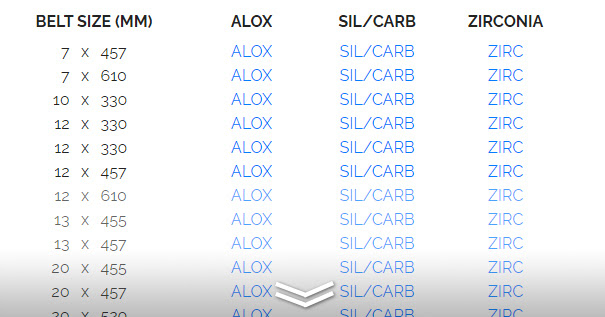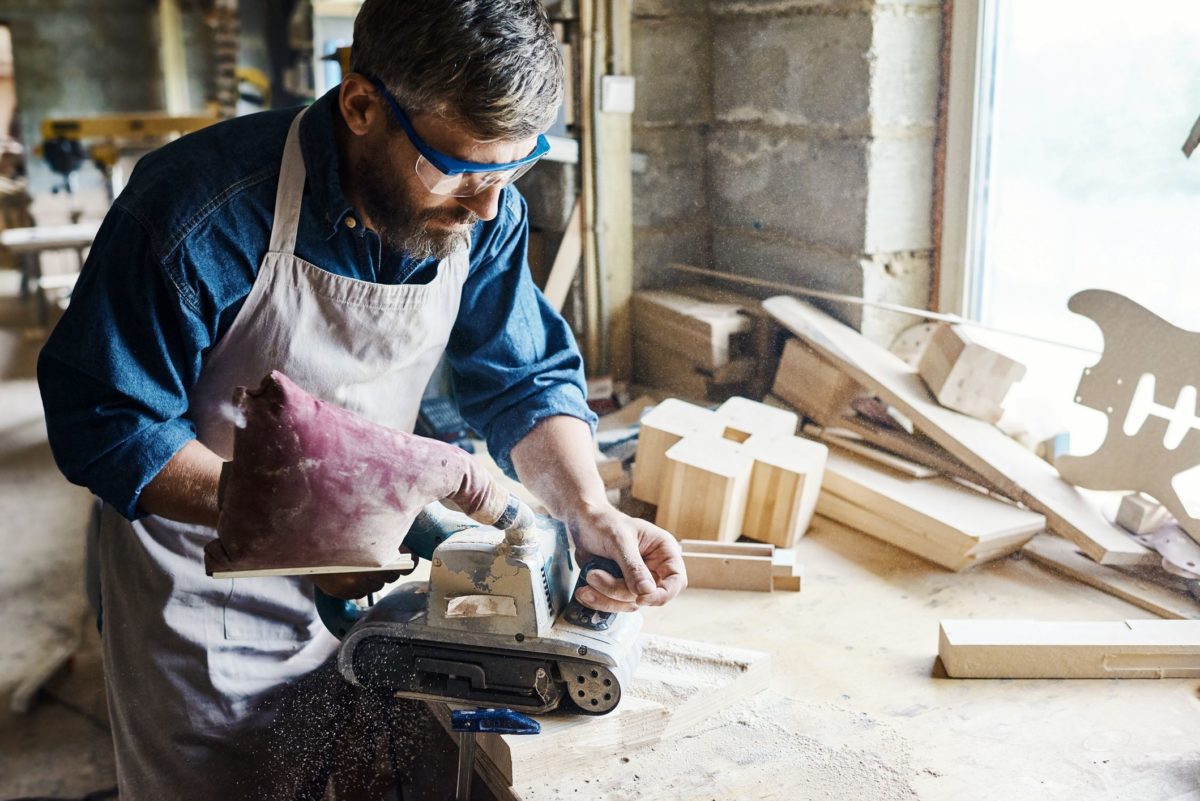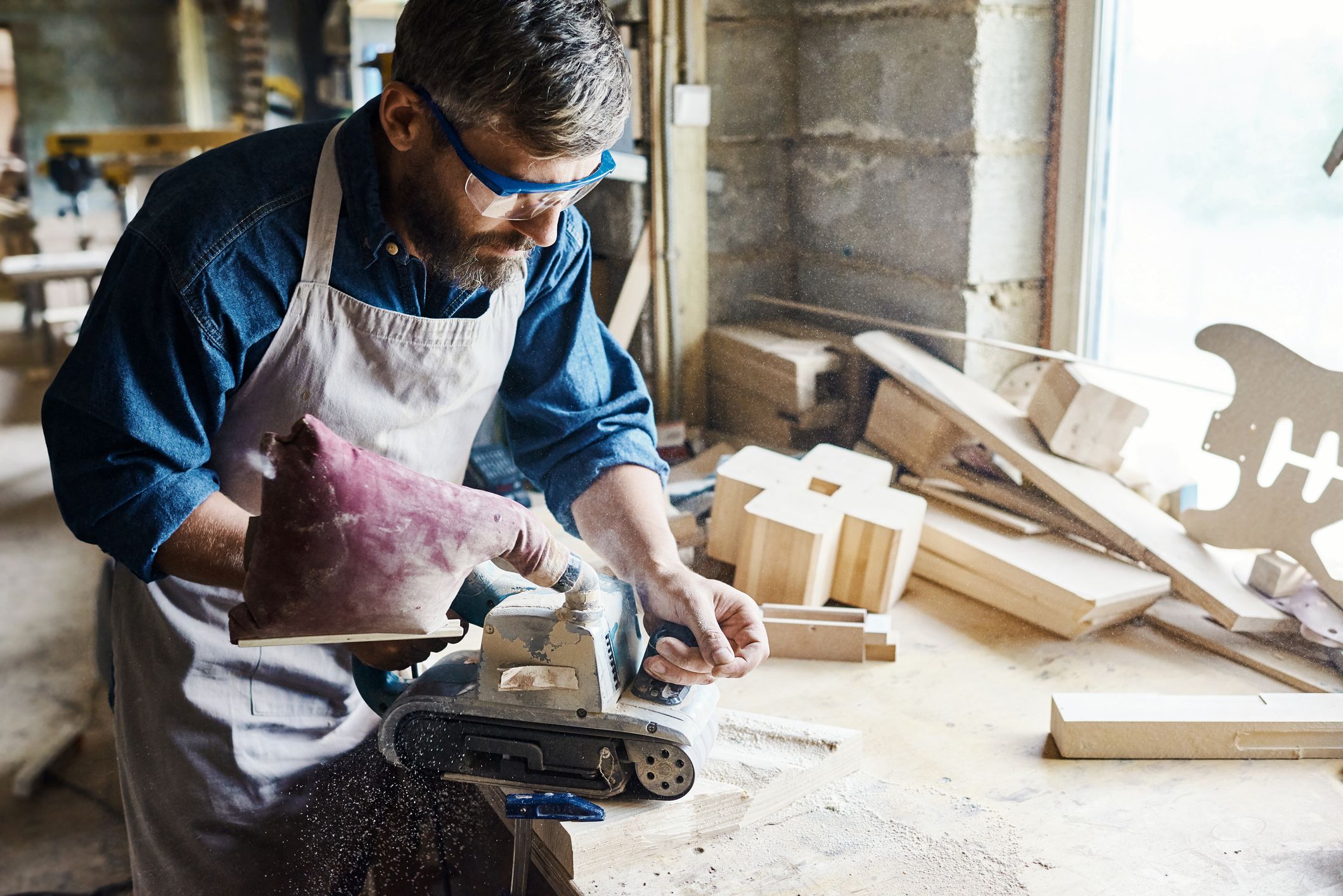Top asked questions about Sanding Belts
When it comes to sanding belts, there are several common questions that people often ask. Here are some of the top questions:
This is a fundamental question. Sanding belts are abrasive tools used for smoothing or shaping surfaces, typically in woodworking, metalworking, or other material finishing applications.
Sanding belts are also used for stock removal and fine finishing.
Sanding belts can be used on a variety of materials, including wood, metal, plastic, and even certain types of stone. The choice of belt and grit depends on the material being worked on.
Grit size determines the coarseness or fineness of the sanding action. Lower grit numbers (e.g., 36-60) are coarser and remove material faster, while higher grit numbers (e.g., 120-400) provide finer finishes. Choose the grit that matches your project’s requirements.
Sanding belts come in various standard sizes, such as 2×42 inches, 3×21 inches, or 4×36 inches. The choice of size depends on the type of sander you’re using and your specific project needs.
- We have an extensive list of popular sanding belt sizes in Australia here
Proper installation is crucial for safety and effectiveness. Instructions may vary depending on the sander type, so consult your sander’s manual for guidance.
Sanding belts can get clogged with dust and debris during use. Some people ask about cleaning and extending the life of their belts. It’s often recommended to use a belt cleaning stick or an abrasive belt cleaner to remove debris. Additionally, proper storage can prevent premature wear.
Sanding belts can be used on both hand-held belt sanders and stationary belt sanding machines. The choice depends on the application and the size of the workpiece.
Yes, safety is crucial when working with sanding belts. Questions regarding safety measures, such as wearing eye protection, dust masks, and hearing protection, are common. Proper technique and machine guarding should also be considered.
Sanding belts wear out over time and become less effective. Common signs of a worn-out belt include reduced sanding performance, fraying edges, or visible wear on the abrasive surface.
Some sanding belts are designed for wet sanding applications, while others are not suitable for moisture. Check the manufacturer’s specifications to determine if your belt can be used for wet sanding.
Generally Silicone Carbide belts used in the glass industry are used wet.




